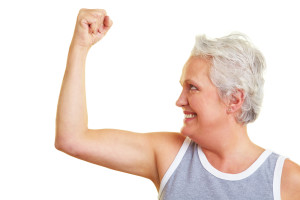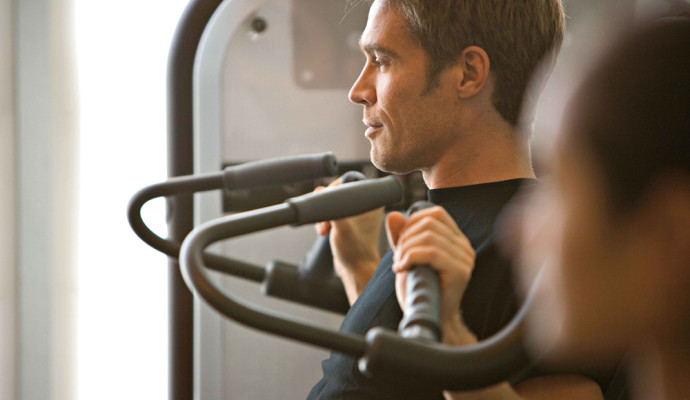By Raquel Sbrana (Registered Exercise Professional Level 2/Cert IV Fitness/Group Exercise/Boxing & Kickboxing)
People tend to have the idea that cardiovascular exercise such as running or swimming is the only way to burn calories and lose weight. For those of you who know me, you will know I’m very passionate about weight training and the importance of incorporating weight training into a weight loss training program. Let me put it simply for you;
Weight training = increase in muscle mass = more calories your body requires to function
Yes, cardiovascular exercise is a great way to burn a high level of calories at once, but adding in a little resistance training into your program will help to burn extra calories and increase your basal metabolic rate (BMR). Our BMR is how many calories our body requires to function. This means by adding resistance training into your program, you can burn more calories while you are sleeping or laying on the lounge watching TV.
Research shows that regular resistance training can increase your Basal Metabolic Rate by up to 15%. This means, for someone with a BMR of around 2000 calories per day, they have the potential to burn an extra 300 calories, which is equivalent to a whole Kitkat chunky or around 3 Tim Tams, every day!!!
FACT: For every additional pound of muscle you gain, your body burns around 50 extra calories every day of the week.
We also need to keep in mind that muscle weighs more than fat. Don’t be disheartened if at first you seem to be staying at the same weight or gaining slightly. Whilst your weight may be staying the same you will notice that your clothes will start to feel a little looser and you will start to see a healthier, slimmer you.
Myth busters
Only men should participate in weights programs, women will look like Arnie.
Definitely not! Weights programs are equally as important for women and men. Testosterone is a very important factor in the development of muscle shape and size. Women only produce 1/16th of the testosterone a male does. This alone makes it almost impossible for women to gain the same size as men.
 I’m not getting any younger; I should only participate in cardiovascular exercise to avoid injury.
I’m not getting any younger; I should only participate in cardiovascular exercise to avoid injury.
Quite the opposite! Building a little extra lean muscle mass can actually help in reducing your chance of injury. The stronger our muscles, tendons and ligaments the more capable they are of withstanding stress such as a bump or fall.
Weight training can help to reduce bone deterioration and is recognised to increase bone density. Increasing our bone density can help with preventing fractures and even osteoporosis.
Weight training can also help to slow down the effects of Sarcopenia. Sarcopenia is the reduction of muscle mass, strength and function due to the body getting older. After the age of thirty the average adult will lose between 3-5% of their muscle mass per decade. A reduction in muscle mass, strength and function gradually makes it harder to perform day to day tasks, especially as we start to see aches and pain a lot more frequently. Don’t forget that if your muscle mass goes down, your BMR will go down with it. This will in turn increase your chances of weight gain.
We don’t expect you to spend hours lifting weights or for you to lift 100kg above your head. You will be surprised the benefits a weights program of around 15-20 minutes 2-3 times a week can have. I would definitely advise seeing a trainer before starting a weight training program. We all have different needs, goals, health condition, injuries and capabilities; therefore your weights program needs to be specific to you.








